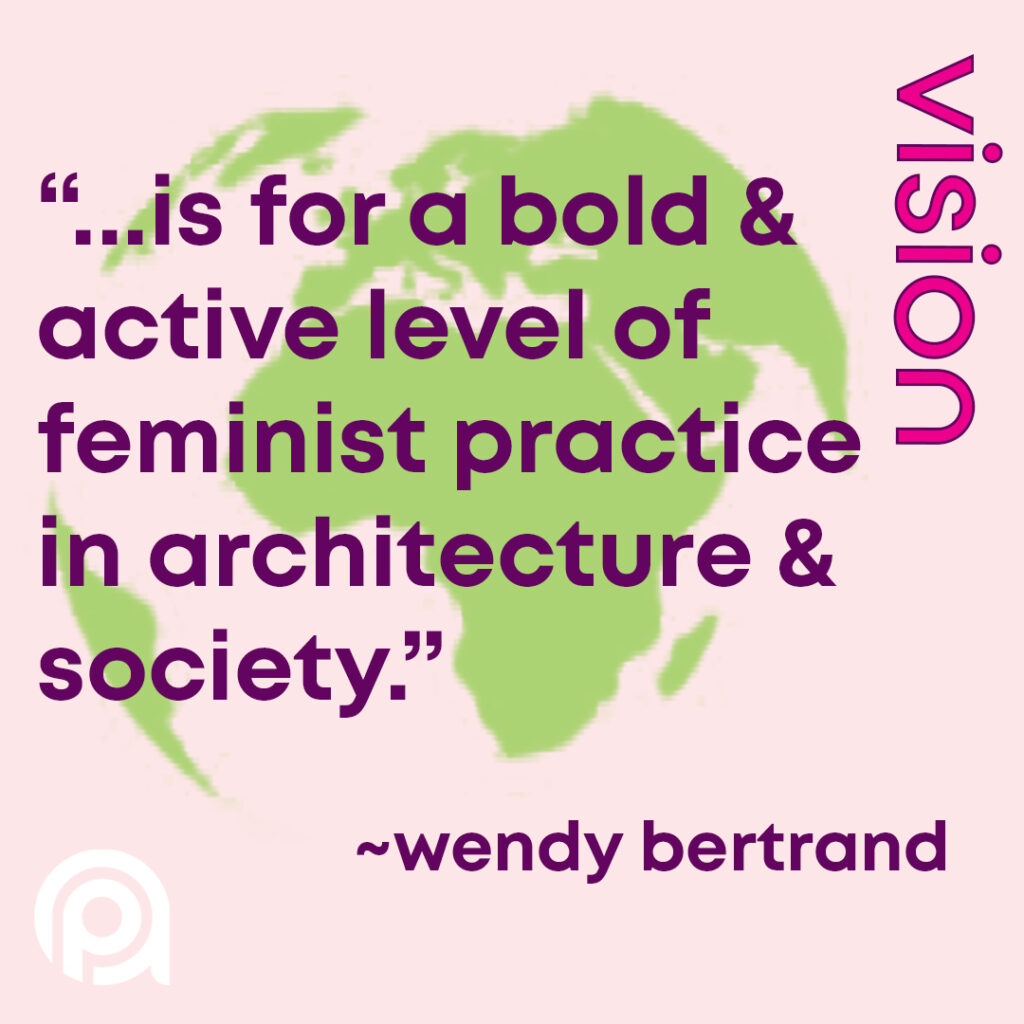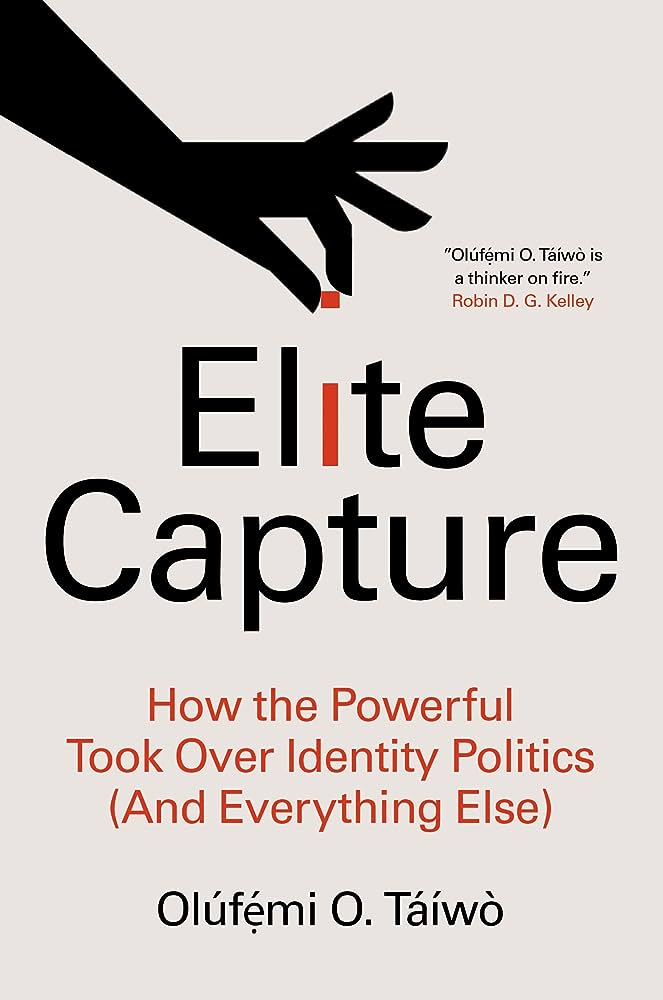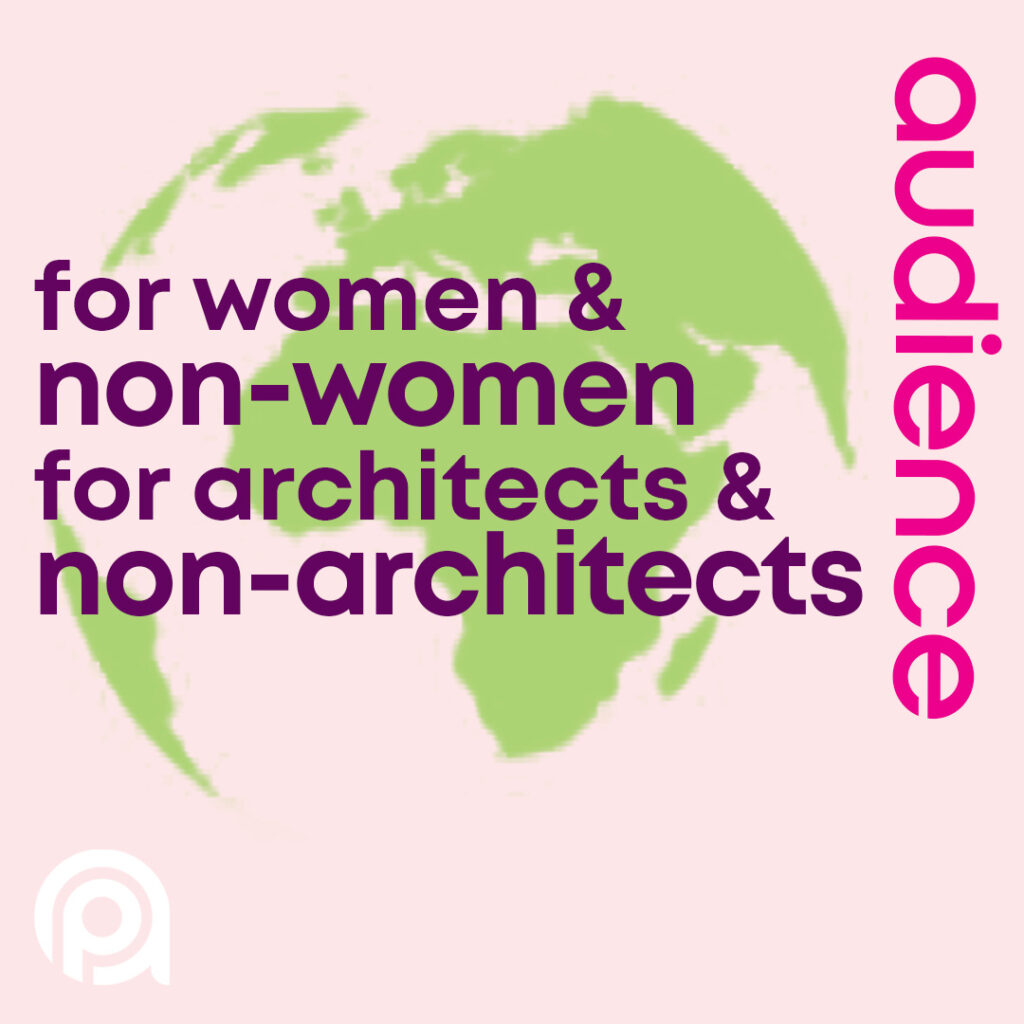This Feminist Architect’s Library DATABASE is intended to be a personal open source reading and viewing reference with several purposes in mind: broadening one’s knowledge, rallying reflection, activating analysis and triggering constructive steps to the better understanding of those different from ourselves. “Othering and belonging are basic social issues of diversity and for some trigger the anxiety of change.”1 This we can understand. “Along with facing and dealing with the inherited responsibilities from past generations”2, we need to better identify those power and oppression norms present in the way we build, in the livability of place within the limits of this planet Earth. My vision is for a bold active level of feminist practice in architecture and society.

In general, I had not been a huge reader, however the topic of feminism and how it has impacted my life as an architect demanded continuous reading, first about social justice topics and then deeper into the study, the theory, and the everyday potential to disrupt the determinants of oppression. My library is certainly not exhaustive but it is indicative, in my view, of the budding global awareness of feminism as it addresses the roots, the impacts, and the norms for decisions about the way we have built environments over the last 50 years.
Most of the listings in the database were published after I had left architecture school, first at Ecole des Beaux Arts, Montpellier, France, (1965) and subsequent to that the College of Environmental Design, University of California, Berkeley – Bachelor of Architecture (1971), Master of Architecture (1972).
I notice that non-women and non-architects can sometimes assume that topics of interest to women architects are too feminine or too technical and may not interest them, but I hope that this is not the case here, as feminist practice, livability, and the Earth’s health impact us all.
Before most of these books, articles, videos and resources were published I, as a young woman, was reading books about women explorers (A Lady’s Life in the Rocky Mountains), pilots (West With the Night) and, by a feminist fashion entrepreneur who went to be a factory worker during the second world war (Why Women Cry?). However, as a single mother at 31, I was rocketed into activism by the explosive exposé of troubling experiences of women in architecture in the US – it was the article, ‘Women in Architecture’, written by the architecturally trained journalist Ellen Perry Berkeley. That was in September of 1972, and at that point I had been to only one women’s consciousness raising meeting focusing on how to recognize the problematic influences of patriarchy on working women, on the family, and on society, where it was suggested that I focus on women in architecture.
Berkeley highlighted the following statement “…after 100 years of women practicing architecture, the times were never right for speaking out, for shouting anger and humiliation, or for attempting to change the situation.” She was inferring that the very small number of women architects (about 2-3% in the US then – read more on current numbers here) would make collective action unfeasible. However, three of us women in architecture collected the names of 9 others and had a meeting about the situation in the late fall of 1972.
Also, around this same time, it had come to our attention that a vice-president of the American Institute of Architects (AIA) had been quoted as saying, “On my part, I wouldn’t hire a woman.” Learning of that one statement galvanized other local women in architecture who wanted to understand why women were not being treated fairly and, how we could work together to change the situation. It led us to the founding of the Organization of Women Architects (OWA) in the San Francisco Bay Area in February of 1973.
Soon we learned that other small groups of women in architecture were meeting in Chicago and in Boston too. A newly founded Feminist Architecture Archive, Matrix Open, reports that the seeds for the legendary Matrix’s Feminist Design Cooperative germinated in the UK about the same period.
The Women’s Movement was in full swing, and from this time onward articles and books slowly started to appear and continued to expand into videos and online platforms over the next five decades talking about the making issues below the surface more visible, about women who had participated in the history of architecture and about other social issues like oppression, discrimination, sexism, civil rights, environmental injustice and, the continuing unsatisfactory labor practices. However the educational institutions of architecture, which were administered and taught almost entirely by non-women, didn’t enthusiastically focus on or integrate this knowledge into higher education.

Yet today, I believe many non-women, as well as women, are much more aware of the problems with power imbalances, violences, and social issues for getting to meaningful changes to the structures of education and the feminist practice of architecture have the potential to address. The late feminist intellectual and author bell hooks has written about the negative impacts of patriarchy on non-women as well as women. I have come to believe that we women in architecture were also surprised and concerned with the unfairness of our own situations and therefore limited in our scope of the big picture and the potential dramatic social changes that could flow from understanding feminist theory as a necessity to disrupt oppression for both women and non-women.
You may have noticed how women and non-women can appear uncomfortable talking about so called women’s issues, and if you are not an architect you may not even have had a chance to think about and discuss with others how our social/political/cultural issues, including gender bias, negatively impacts the planet through the expanding building sector.
Consider Reading

As the philosopher and author Olufemi O. Taiwo reminds us, knowledge is socially situated, yet we in the profession pay little attention to that influence and complexity.3
Because the cultural dimensions of humanity are also reflected in built places – not only is it just the geography, the climate, the status, and the economics and identity of place, there is a lot about what, how, and why we plan and design that is consciously or unconsciously influenced by social/cultural values and these powerful forces have been consistently downplayed or even neglected by our schools, registration boards, professional societies, and in public and private architectural practices.
These past five decades also happen to parallel what can be viewed as a dramatic positive shift in the profession’s historical demographics within the US. The shift I refer to is both an increase of women and a wider variety of members of socially diverse backgrounds ( class, income level, race, age, ability, immigrant, location of upbringing,…) being attracted to the field of architecture, despite a stubborn reluctance in the profession to be flexible, reflective, open to change, visionary, or welcoming. Today, many young people seem to want to be valued for doing socially meaningful work and doing it in what can be felt to be an environmentally justice manner, which is to say: paying attention to and respecting the complexity and consequences of how they work. In some cases not to use their skills on prison planning or high end residential design, but rather on disrupting those systems and structures hindering municipal housing, healthcare for all, the human induced causes of climate forces and the devaluing of the natural environment. The need for changing the way architects have traditionally worked and how architecture fits into society is bubbling up, not only for women in and out of the field, but also for non-women architects and non-architects as well.
Even with the profession of architecture only designing but a fraction of the structures and spaces which make up enormous cities and unstoppable suburbs, we could do much more to advocate for the way society can take better care of that which is already built and, educate ourselves and others about how to redirect the excessive attention toward the rich and powerful, and to instead focus more on the inadequate attention given toward various overwhelming needs of the majority of people. This includes more representation of dedicated architects and others in policy, research and decision making at all levels of government: city, county, state and federal with the intent of feminist practice. Thus educating ourselves and creatively expanding our understanding and communication skills related to the social, structural and psychological forces behind the biases and the consequences of our past ways of working.
Taking Care of Place Counts
I want to see more non-architects, and architects (as a profession) who have helped cause current problems, to become influencers and leaders in the reverse direction, that is prioritizing the taking care of place rather than only designing more and more buildings. But to do this we have to use our love of architecture to shift cultural norms, from clients with priorities scaled to their projects, to a greater humanitarian scale, because every project needs to be aware of its consequences as they are accumulative. Architecture is more than a comfortable container, a beautiful jewel or a stable shelter, it needs to also be promoting more just human living conditions within drastically limited earthly resources.

We need to start becoming aware of our habitat, on how buildings, infrastructure, nature, and landscapes fit into our lives. Reading a wider range of knowledge about others, unlike ourselves, may help us change the way we approach, prioritize and put unnecessary boundaries around our profession. We also need to expand our understanding and resistance to respecting that our earth has concrete limits, the symptoms of the climate crises are increasing and we, as a species, have overshot the Earth’s ability to provide limitless resources, we in the rich countries have been especially short sighted in our overuse of materials, under concern of the impacts of social and environmental injustices, and disingenuous in our efforts to respect the ecologies of the land, often stated by indigenous neighbors, by the needs of island inhabitants, and visually demonstrated by houseless humans here, and around the world.
Lots to Think About
Being more conscious of socially situated factors, our own biases and privileges would be essential to meaningful new ways of doing, to Living a Feminist Life which is difficult because it is about being a change agent, being aware of how patriarchy actually problematizes living. Although we are impacted unevenly, gender-based violence runs deep, not only during wars, but on the steps of congress, in institutions of higher learning, in white collar offices and almost everywhere. It is rampant to the point that women cry for safety even in their homes.4 Racial and gender-based violence comes in many forms not just physical but psychological, emotional, workplace life power plays, traditional norms, and unending histories of well documented micro aggressions and abuse.
You may not know that there were significant feminist attempts in the early 1970s in architecture as well as in economics and other disciplines to bring gender issues to the table, and continues today. I include in my database a video of the economist Professor Jayati Ghos, who in 2021 included feminist points in her concerns for climate: Mainstream Economics & Gender. The Association for Feminist Economists, after decades of hard pushing, developed their own well respected international academic journal, Feminist Economists. And there are geographers, writers, attorneys, scholars and artists, as well as grassroots political activists calling themselves feminists, addressing feminist issues as listed in Feminist Periodicals curated by University of Wisconsin librarian Lachrista Greco.
We Need New Ways for Architecture to Fit Into Society
And yet very few architects, women and non-women, are understanding, talking about, and applying new ways of thinking, including feminist theory to themselves, to their work lives, and to the processes and results of their work. Yes, we are a small profession, but I hope this encouragement to increase learning via reading and researching about others’ lives, cultures, and situations of social impacts that need to be understood, as it is the decision-making of the privileged workers who will help expand the sensitivity and scope of architecture in society.

Over 250 entries are arranged in 4 groups (Books, Articles, Resources, Film & Media). They are color coded into 10 broad categories: History, Feminism, Social Issues, Women in Architecture, Art, Social Issues in Architecture, Architectural Criticism, Environmentalism, Organizational Issues, and Other. For example, History with over 40 entries includes First Over Everest (1938), Across the Great Deserts (1948), The Architect (1977), A Black Women’s History of the United States (2020) and biographies of women and non-women architects.
 Some entries have overlapping topics, like the book The African Dwelling (2019) that I categorized under Social Issues in Architecture, because of the colonial and cultural influences on the architecture and the land use, as History.
Some entries have overlapping topics, like the book The African Dwelling (2019) that I categorized under Social Issues in Architecture, because of the colonial and cultural influences on the architecture and the land use, as History.
I offer this database with the aspiration that it will pique curiosity, creativity, and stimulate concern for a bold active level of feminist perspective and practice, in architecture and society.
Footnotes –
1. Powell, John, A., Othering and Belonging Conference opening: We the People, (2017)
2. Wilkerson, Isabel, Caste: The Origins of Our Discontents, (2020)
3. Taiwo, Olufemi, Being-in-the-Room Privilege: Elite Capture and Epistemic Deference, (2023)
4. Assaf, Andrea, Fighters for Freedom, What Do The Women Say? Brava Theater (2023)
